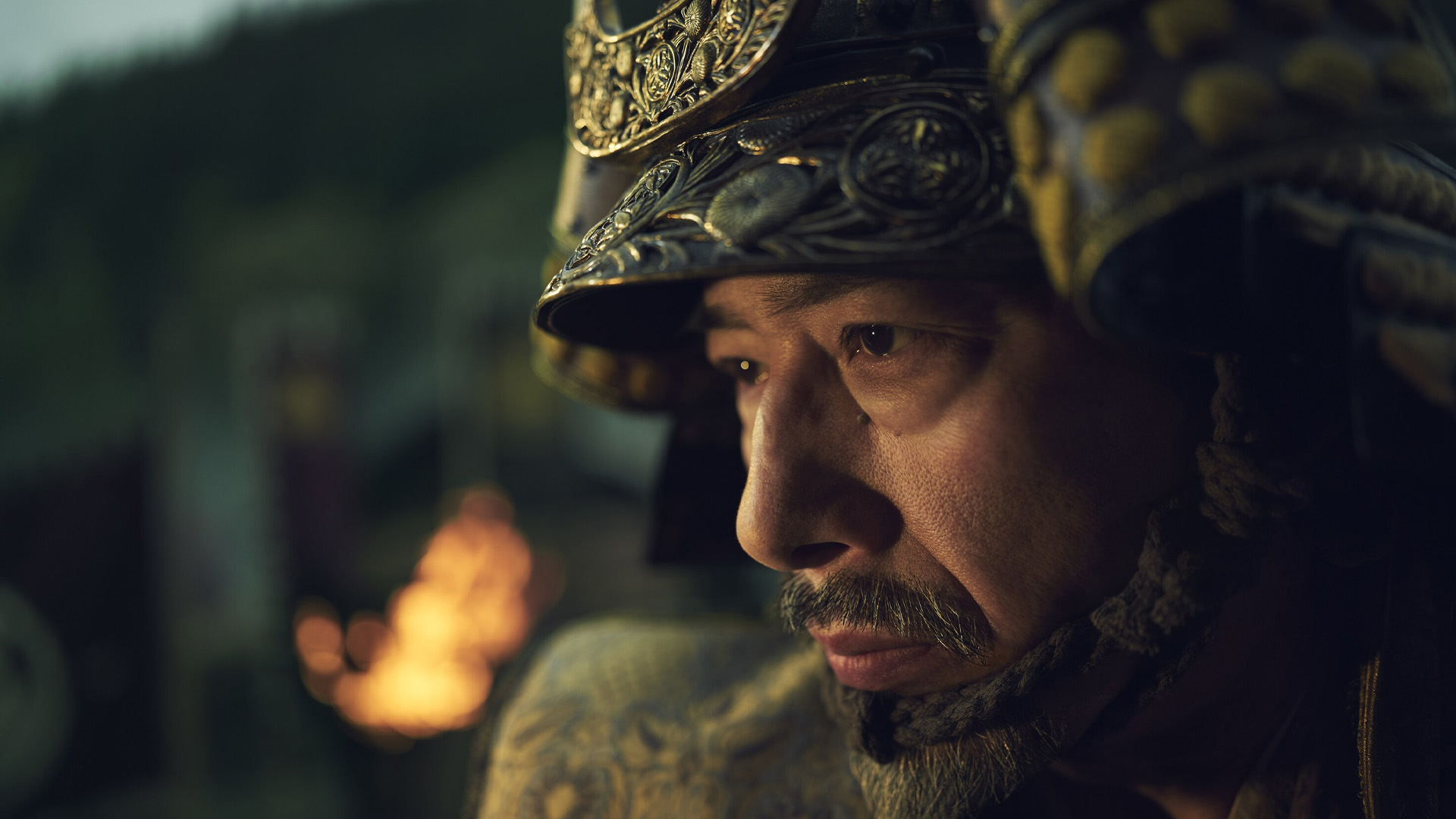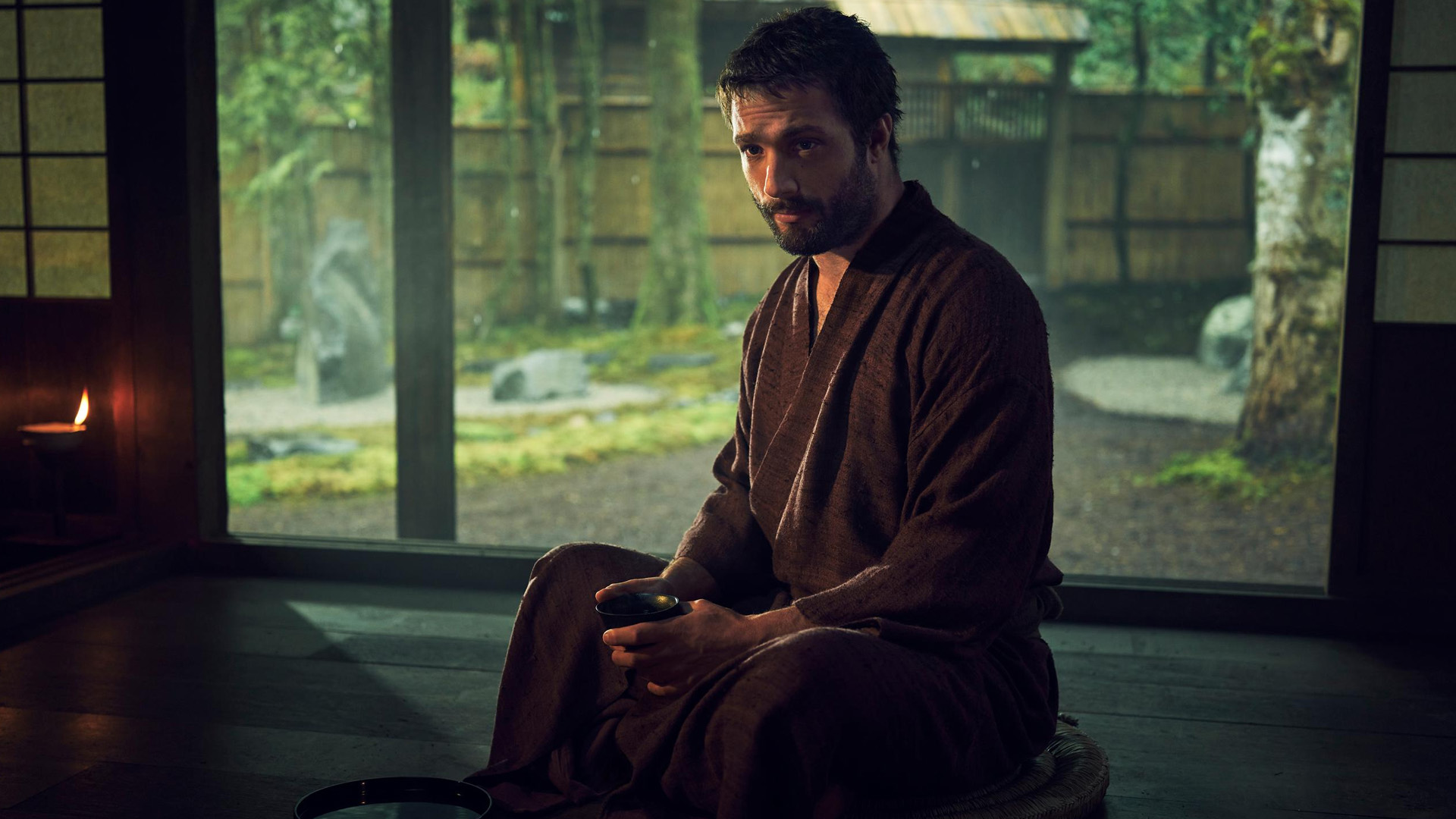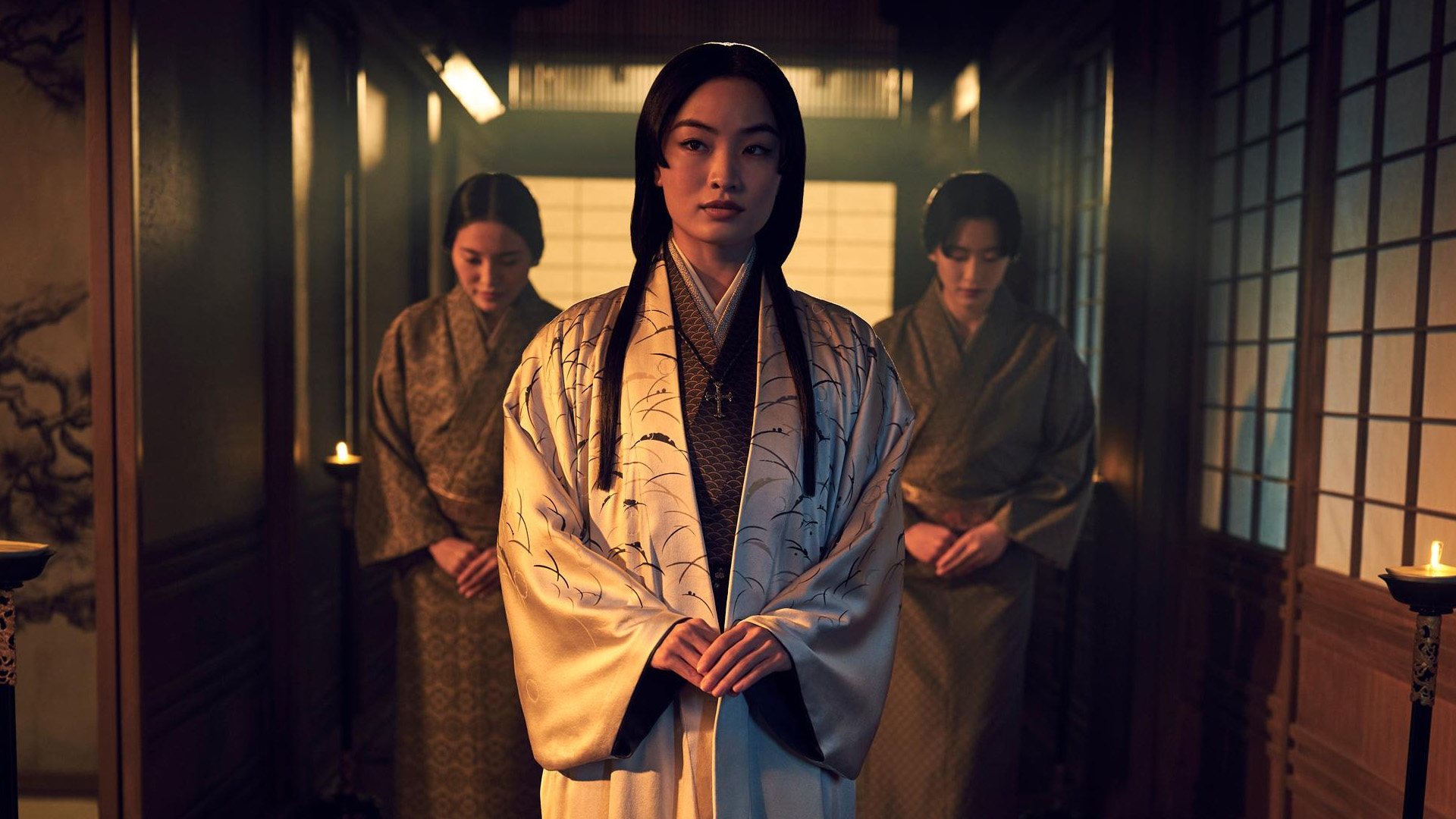Sweeping historical epic Shōgun has all the intrigue, plotting, and clashes you could hope for
As far as stirring historical sagas of ambition and aggression go, this is definitely in the upper echelon.

At the turn of the 17th century, the arrival of an Englishman in Japan may tip the balance of power in Shōgun. As far as stirring historical sagas of ambition and aggression go, this is definitely in the upper echelon, writes Travis Johnson.
It’s actually rather surprising we didn’t get a remake of 1980’s Shōgun before now—or a new adaptation of James Clavell’s best-selling 1975 novel, if you prefer. Starring Richard Chamberlain and Toshiro Mifune, the five-part miniseries was a massive success, presaging (along with Roots) the golden age of the miniseries and is even said to have helped smooth Japanese-American relations, still bitter a quarter-century after World War II.
This new iteration from FX and Hulu won’t have that kind of impact—how could it?—but is nonetheless a handsome, sumptuous and thoughtful take on the material. Is it better than its predecessor? Absolutely, although comparisons are inevitable.
It’s 1600 and Japan is in a succession crisis following the death of the previous Shōgun—the military regent who rules in the stead of the Emperor. Lord Toranaga (Hiroyuki Sanada), who has ambitions for the top job, is on the back foot as other noble houses array against him, but the sudden appearance of a near-derelict European ship in his province, laden with cannon and munitions, could tip the balance of power.
On that ship, a Protestant Dutch vessel seeking to break Catholic Portugal’s stranglehold on Japanese trade, is English navigator John Blackthorne (Cosmo Jarvis). It’s through his eyes that we follow much of the narrative as he becomes first a hostage, then a trusted advisor, learning along the way to how to manoeuvre through what is, to him, an alien society whose mores are rigid and ruthlessly—often lethally—enforced. It’s all leading to an epochal and bloody shift in Japanese history, of course—the Battle of Sekigahara.
Based somewhat loosely on actual historical events (Toranaga is a stand-in for Tokugawa Ieyasu, and Blackthorne for William Adams), Shōgun has necessarily simplified the past, but there’s still a lot to take in. The series generally does a good job of clueing in the viewer without slowing things down, but occasionally resorts to having characters who should know the score explaining the situation to one another. Luckily (or not, depending on your tolerance), liberal bursts of violence and sex spice things up.

The 1980 series was famous for breaking a number of broadcast taboos, and while there are few of those left in our current moment (it’s still remarkable that the gruesome Hannibal was a network show) the new Shōgun nonetheless contains some shocking scenes—an execution by torture in the first episode is one of the most disturbing sequences to come along in some time. It’s just one of many violent deaths, but then Shōgun is in many ways all about death, and specifically how different cultures and religions view it. But it’s also a sweeping historical epic, with all the intrigue, plotting, and clashes of arms you could hope for.
Shōgun makes the smart choice of centring Toranaga as a protagonist as well as Blackthorne, expanding our understanding of the milieu and mitigating perhaps inevitable accusations of Orientalism. Sanada’s Toranaga is a much more three-dimensional figure than Mifune’s stoic and inscrutable take on the character, clearly burdened by his responsibilities and precarious position.

By contrast, Jarvis’ Blackthorne is not as clearly heroic as Chamberlain’s; he’s ambitious, avaricious, and opportunistic, having made the treacherous voyage to Japan with the sole aim of getting stinking rich. His gradual understanding and adoption of Japanese culture is a fascinating one. In this he’s aided by his translator, Lady Mariko (Anna Sawai), a Catholic convert and, eventually, his lover. That she’s married to one of Toranaga’s most trusted vassals is only one more complication Blackthorne must navigate.
And Shōgun is certainly complex; it’s a series that rewards, and sometimes demands, close attention, and at times the learning curve is steep—although Western audiences are certainly more familiar with Japanese history now than they were in 1980. But as far as stirring historical sagas of ambition and aggression go, it’s definitely in the upper echelon.























